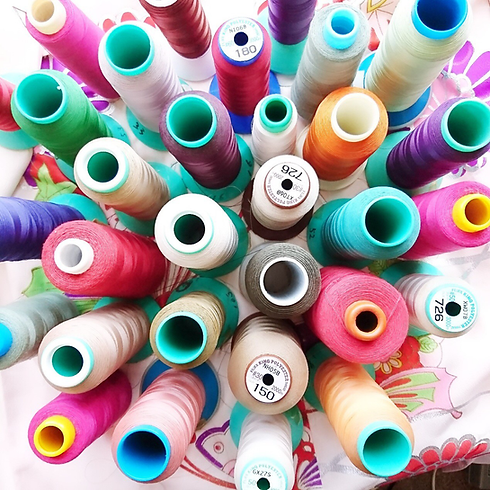top of page
ABOUT
ABOUT
ABOUT
Established the store name display based on the Specified Commercial Transactions Act
Representative
address
TEL/FAX
How to order
Payment Method
Payment amount
Shipping Product Delivery
Established the store name display based on the Specified Commercial Transactions Act
Representative
address
TEL/FAX
How to order
Payment Method
Payment amount
Shipping Product Delivery
Established the store name display based on the Specified Commercial Transactions Act
Representative
address
TEL/FAX
How to order
Payment Method
Payment amount
Shipping Product Delivery


WORK FLOW
Focus on the fabric used
As a WAEN policy, new fabrics and kimonos will not be used.
We use kimonos that are no longer used, and those that must be discarded due to stains and insect worms.
Naturally, the clean part is cut out, so the dirty part is not the product.
But why use old kimono and remake it?
First, the cloth that was originally created to become a new kimono,
It makes no sense if it is processed into another product.
However, I want to solve the reality that memories that are packed one by one more than that are bought cheaply and disposed of because they can no longer be worn .
I want to be able to wear an important kimono again.
With that in mind, we continue to stick to remakes.
Flow from manufacturing to commercialization
WAEN products are all handmade by creators. Kimonos are made with the thought of each one. We consider the feeling of the creator of the kimono and make a modern version of the arranged product.


1.To take apart KIMONO
When the tailored kimono is untied, it returns to a single piece of cloth, making it easy to remake.
Since most of the kimono materials used by WAEN have arrived from the local kimono shop, most of them are well kept and maintained, but we check carefully at the age of the work to untie the kimono to make sure if the kimono itself can be commercialized.
2.To wash cloth
Many kimonos are made of silk, and we pay close attention to the washing to prevent damage to the fabric.


3.Molding and sewing work
Everything from pattern making, temporary stitching to lock stitching is done manually.
4.inspection
The needle is carefully inspected for any strain or loose threads.


5.completion
It will be shipped after it has been checked for safety and reliability.
bottom of page